
Viewpoints | Oct 22,2022
Apr 4 , 2020
By Mengistu Woube (PhD)
Given that the Blue Nile basin is one of the most environmentally degraded regions in Africa, anything short of planning and implementing a conservation-based sustainable irrigation scheme based on genuine cooperation agreements will render it useless to all the riparian countries, writes Mengistu Woube (PhD) (biofoodp@gmail.com), associate professor of agriculture and environmental studies. He has published several books and articles on land-water resource management problems facing the Abay and Baro-Acobo River basins.
In any given society, water is an integral and essential part of the whole ecosystem. But when water moves downstream, in the form of floods, it can cause damage by degrading the land and eroding the soil; disturb the physical and human environmental balance; and even cause conflicts among community residents.
All these negative effects result from lack of a well-devised and sustainable land-use plan based on ethical and mutual water sharing systems. Recently, although Ethiopia has made commendable efforts to construct dams, it has had little or no capacity to divert its freshwater resources coming from its 12 major rivers for its own agricultural progress and hydroelectric power installations. On top of these shortfalls, Ethiopia was unable to prevent its rivers from carrying away its valuable alluvial top soil beyond its borders.
Although the Blue Nile River basin remains rich in its freshwater resources that are suitable both for agricultural reforms and human settlements (in the water source region) much of the basin areas have been affected by drought. Similarly, irrigation schemes in the lower riparian countries have usually been affected by high dam sedimentation issues.
The causes of these negative results are associated with lack of utilising a sustainable land and watershed management system coupled with rapid population growth in the region. Most recent studies about the Grand Ethiopian Renaissance Dam (GERD) conclude that, in order to prevent the ongoing sedimentation problems, maintain food, nutrition, and the regional environmental security for the entire population in Sudan, Ethiopia and Egypt, there is a very urgent need for making a genuine regional cooperation and swiftly putting into practice a conservation-based sustainable development plan.
Ethiopia owns twelve major river basins, among which the most densely inhabited and important basin is the Blue Nile, aka Abay. It covers 198,500 square kilometres, and its annual water discharge amounts to 50 cubic kilometres. The basin contributes about 45pc of Ethiopia’s surface water resources, sustains 30pc of the population, 20pc of the landmass and 40pc of the national agricultural production.
The basin holds most of Ethiopia's hydropower and irrigation potential. In fact, nearly 85pc of the total annual water discharged from the Upper Nile comes from the Abay basin, while the remaining 15pc comes from the East African tributaries of the White Nile.
Within the upper Blue Nile river basin coverage area in Ethiopia in areas endowed with alluvial soil, Ethiopian farmers cultivate crops twice a year. Perennial crop farming is practised here as well. During the dry season, the pastoralists inhabiting the lowlands of Ethiopia move with their cattle in search of water along the tributaries of the Blue Nile.
Particularly along the Abay gorge as a result of severe deforestation, most wild animals seek refuge elsewhere. Although the Tis-Issat Falls, located near Bahir Dar City, currently provides hydroelectric power to some towns nearby, there are no large-scale dams. Due to financial and geopolitical reasons, Ethiopia has not been able to benefit from its water resources in this region. In fact, its delay contributes to the poor development and lack of electric power to inhabitants living within the upper Blue Nile river basin.
While Sudan is thankful and cooperative for its benefits from the basin resources, Egypt is suspicious of the plan to complete the GERD, as the basin is its most important lifeline. Without water and indispensable soil nutrients from the basin, the civilization of Egypt might not have been possible.
Yet soil research findings indicate that the present soils in Egypt are poor in nitrogen, iron, zinc and magnesium. Due to deficiency in these micronutrients, the colour of plants has changed over the last four decades. At the same time, as a result of population increases and soil degradation, large areas of land in Egypt have been reclaimed.
Besides, the water's seepage, salinity, sediment levels and high rate of evaporation, at two cubic kilometres a year, have all reduced the productivity of farms in Egypt by more than 15pc on average a year. At the moment, to feed its rapidly growing population Egypt requires more water and nutrients in its soil. However, mainly due to sediment loads accumulating in the Aswan High Dam in Egypt, because it receives only a small volume of water coming from the White Nile, and since there is a lack of annual deposits of alluvium in the basin's water flow, these demands in Egypt cannot be adequately met.
Therefore, it has been suggested that the Rosaries of the Sennar and the Merowe dams in Sudan, as well as the Aswan High Dam in Egypt, require enhancing and expanding the natural vegetation patterns within Ethiopia. In turn, this action may assist the region in harvesting sustainable annual rainfall and further reducing the flow of silt flood water leaving Ethiopia.
The poor and negative changes in managing the natural vegetation cover patterns result mainly from the land degradation processes taking place along the upper Abay basin, which usually leads to unexpected abnormal floods occurring seasonally, reducing the soil nutrients of both the upper and lower riparian regions.
The root causes for such resource mismanagement include, but are not limited to, the lack of well-devised land-use planning and rapid urban and rural population growth. Poor farm production does not help either. To feed themselves, the farming communities of the upper Blue Nile basin are more and more forced to exploit and encroach on the natural resources in their habitats.
Besides, due to problems such as lack of alternative energy sources and locally available building materials, the entire rural population living within the basin depends on locally growing trees and grasses. That means the negative vegetation depletion in highland Ethiopia has had a profound blow on the physical and human environments in the region as well as in the two lower riparian countries.
The dilemma here is that, in spite of the fact that Ethiopia is prone to drought and food shortages and without any rural electrification programme, Ethiopia remains unable to divert its water resources from the Blue Nile for agriculture, human settlement or for electrification purposes.
Attributable to this dilemma are mainly financial constraints, political instability within the country and the threat exerted by Egypt to prevent projects in the basin areas. Hence, Ethiopia is held back from constructing any tangible hydroelectric power installations within its own borders.
Come what may, rural electrification would save a lot of the trees that are being cut down for heating and cooking purposes, which has led to severe deforestation activities in Ethiopia in general and in the Abay River basin tracts in particular.
But reforestation programmes can be implemented successfully only when alternative energy sources are provided to rural households. To reverse this situation, since the 1970s, a nationwide reforestation programme has been introduced and consistently maintained.
Yet this action did not bring any significant change within the upper Abay River basin. The barren land could be re-vegetated quickly, since the basin has sufficient rainfall and a favourable climate and soil condition. If done properly, a reforestation programme will increase the supply of surface and groundwater, decrease sediment loads in dams and add nutrients to the soil.
The ongoing forest cutting activities held for centuries within the Ethiopian highland areas, particularly cultivation of steep slopes and lack of erosion controlling methods on steep-farming, have all made it possible for the diminishing rate of the fertile cultivation of land existing along the Abay basin.
Due to the ever continuing loss of protective vegetation cover, the disappearance of fertile topsoil, the increase in surface runoff and the diminishing groundwater due to impermeable soil, the farms are not functioning well. Consequently, abnormal floods and unexpected droughts are increasing within Ethiopia, which in turn can affect the farming conditions and the human settlements in the lower riparian regions unless urgent cooperative measures are taken to prevent these unwanted incidences as quickly as possible.
In view of the fact that 80pc of the land in Egypt is desert, and because there are only three more mouths to feed every minute due to its rapid population growth, every drop of water and every kilogram of fine silt is important for Egypt's survival. As Egyptians commonly say, the Nile is their life.
However, due to environmental deterioration and poor water management, the salinity conditions along its dams are increasing. The customary rise in the Nile's groundwater repeatedly causes saline conditioning in the root zones, killing plants. These problems are also aggravated by arable land losses within the Nile region.
There is thus a severe need for partnership and mutual cooperation. Land degradation, desertification, financial constraints and political instability are causes of urgent concern for all three basin countries in the region.
Regarding the mutual utilisation plan for the Nile basin waters, although several agreements were signed, none of them included Ethiopia. Likewise, the 1993 agreement did not adequately promote Ethiopia's interests or protect its natural resources. Unfortunately, except serving as a declaration of principles, there are no international laws on any of the river basins. Neither the 1997 nor the 2014 UN Declaration of Principles, which could lead to an understanding between water contributors and users, are properly respected.
Egypt and Sudan do not contribute to the wellbeing of the Abay within Ethiopia. They are the users. Meanwhile, Ethiopia’s rights have been given a deaf ear for quite a long while. Until recently, Ethiopia had less than 200,000ha of land under irrigation. Almost all irrigated farms are functioning outside the Abay basin areas within Ethiopia, whereas the irrigated farms in Egypt are estimated to cover more than 3.8 million hectares of land.
For centuries, Ethiopia has been unable or not been allowed to use its river waters for its development purposes. Notwithstanding this reality, Egypt has continuously engaged in a campaign to block any provision of grants and loans to Ethiopia for development projects on the Blue Nile.
What is happening today is that the lower Abay riparian states, particularly Egypt, are demanding more water volume to flow down from Ethiopia without contributing to the rehabilitation of the deteriorated environment in the Abay basin areas inside Ethiopia. Nor do these states try to utilise other complementary sources on a large-scale, such as renewable groundwater resources or an innovative water-purifying and drip-irrigation technique used by their neighbour Israel.
Instead of sharing the environmental rehabilitation costs by providing required and mutual support for the ongoing construction of the GERD and benefiting from the fruits of this plan, as always Egypt continues to oppose this indispensable programme. The GERD will not reduce the amount of water that is flowing into Egypt and Sudan, according to the International Panel of Experts. Rather this plan enables the two sister countries to develop more land through irrigation farming, as the GERD will adequately regulate the water flow to the downstream areas.
If the physical and human environments of the region are well-realised, the water volume will be properly managed to create a sustainable ecosystem.
What is needed now is understanding and genuine cooperation among the three countries for equitable and legitimate use of their water resources.
PUBLISHED ON
Apr 04,2020 [ VOL
21 , NO
1040]

Mengistu Woube (PhD) (biofoodp@gmail.com), associate professor of agriculture and environmental studies. He has published several books and articles on land-water resource management problems facing the Abay and Baro-Acobo River basins.

Viewpoints | Oct 22,2022

Viewpoints | Mar 21,2020

Radar | Nov 14,2020

Radar | Oct 26,2019

Sunday with Eden | Apr 03,2021

Featured | Dec 29,2018

Viewpoints | May 15,2021

Verbatim | May 01,2020

Commentaries | Apr 26,2019

Films Review | Jun 01,2019

Photo Gallery | 96782 Views | May 06,2019

Photo Gallery | 88963 Views | Apr 26,2019

My Opinion | 67182 Views | Aug 14,2021

Commentaries | 65765 Views | Oct 02,2021
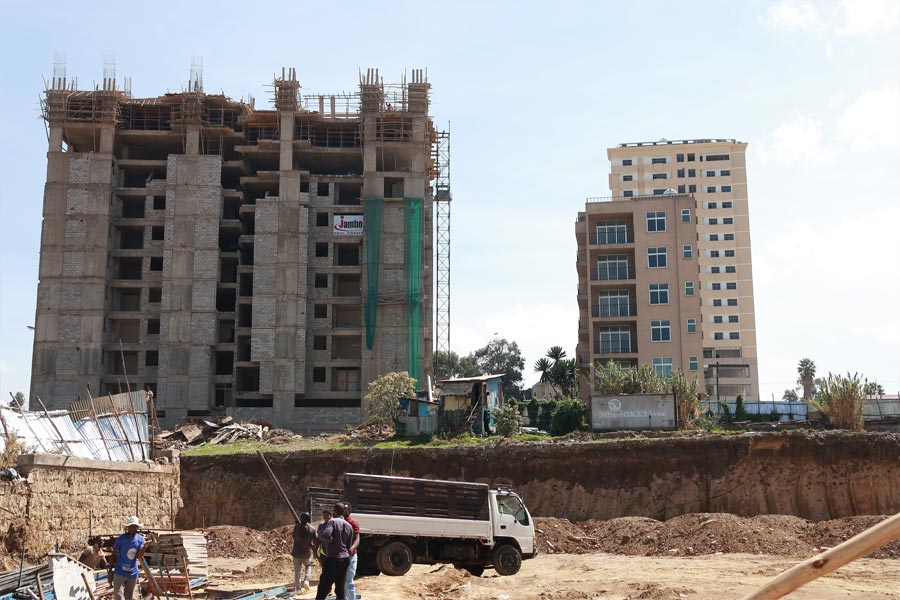
Feb 24 , 2024 . By MUNIR SHEMSU
Abel Yeshitila, a real estate developer with a 12-year track record, finds himself unable to sell homes in his latest venture. Despite slash...

Feb 10 , 2024 . By MUNIR SHEMSU
In his last week's address to Parliament, Prime Minister Abiy Ahmed (PhD) painted a picture of an economy...

Jan 7 , 2024
In the realm of international finance and diplomacy, few cities hold the distinction that Addis Abeba doe...

Sep 30 , 2023 . By AKSAH ITALO
On a chilly morning outside Ke'Geberew Market, Yeshi Chane, a 35-year-old mother cradling her seven-month-old baby, stands amidst the throng...

Apr 20 , 2024
In a departure from its traditionally opaque practices, the National Bank of Ethiopia...

Apr 13 , 2024
In the hushed corridors of the legislative house on Lorenzo Te'azaz Road (Arat Kilo)...

Apr 6 , 2024
In a rather unsettling turn of events, the state-owned Commercial Bank of Ethiopia (C...

Mar 30 , 2024
Ethiopian authorities find themselves at a crossroads in the shadow of a global econo...
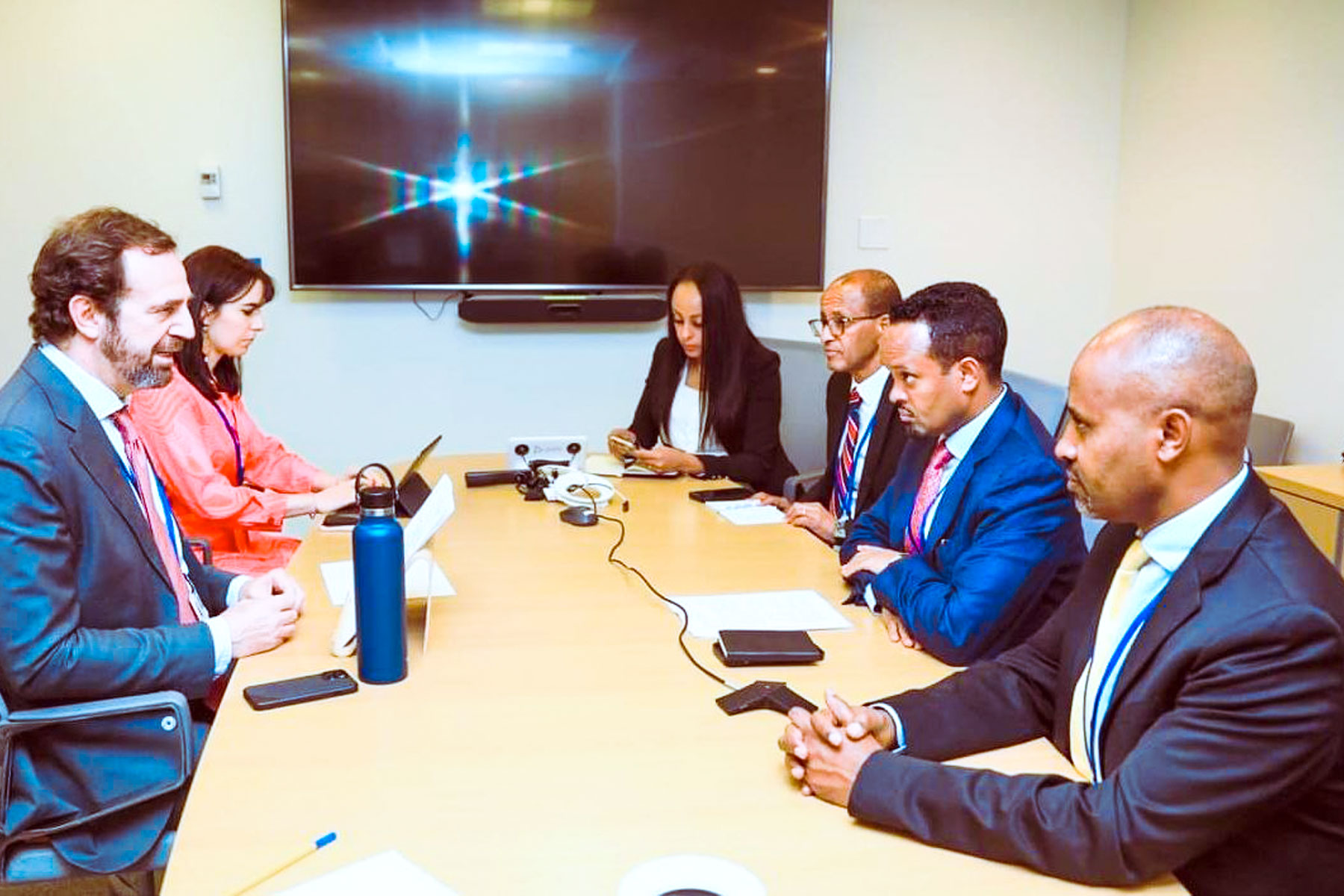
Apr 20 , 2024
Ethiopia's economic reform negotiations with the International Monetary Fund (IMF) are in their fourth round, taking place in Washington, D...
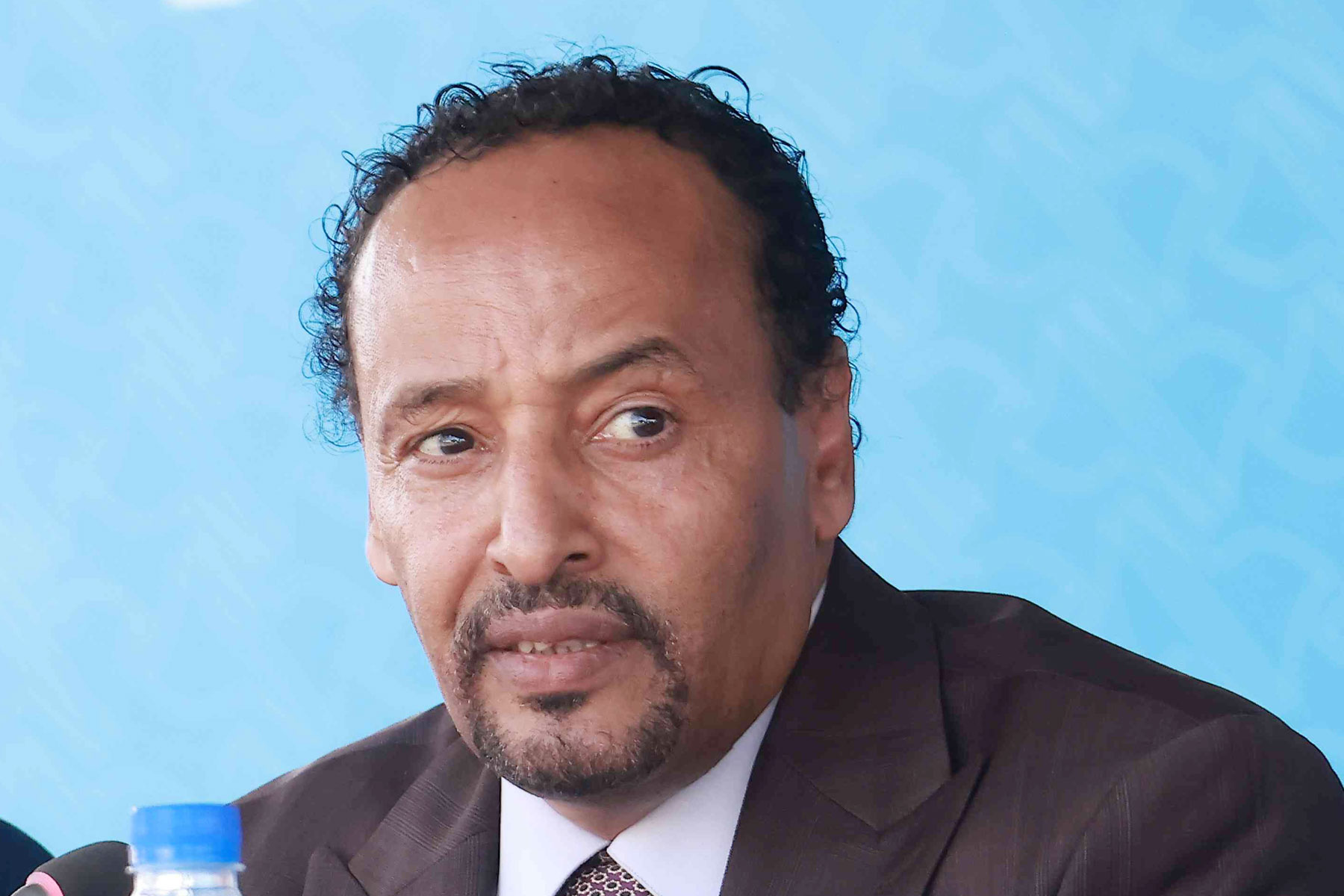
Apr 20 , 2024 . By BERSABEH GEBRE
An undercurrent of controversy surrounds the appointment of founding members of Amhara Bank after regulat...
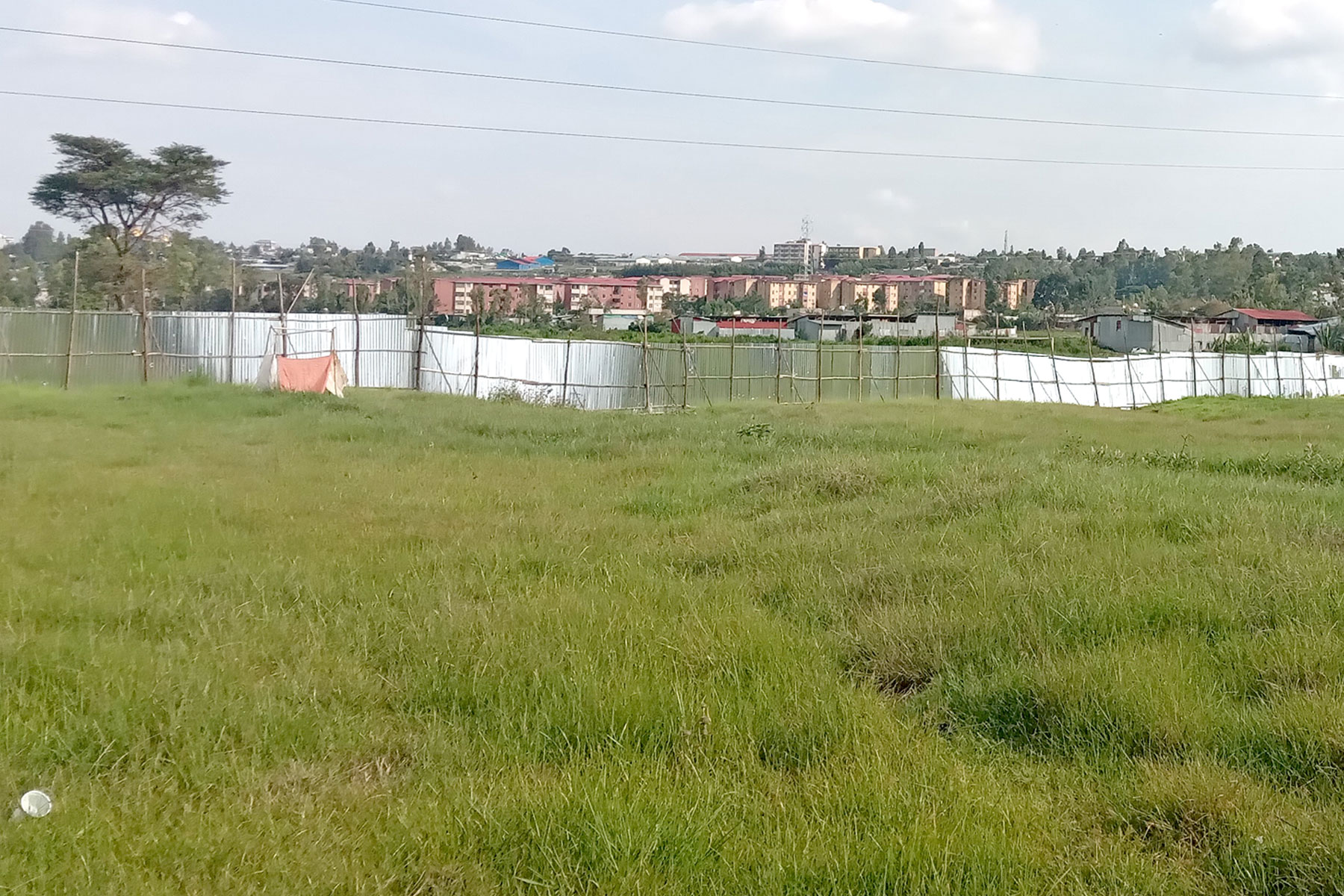
An ambitious cooperative housing initiative designed to provide thousands with affordable homes is mired...
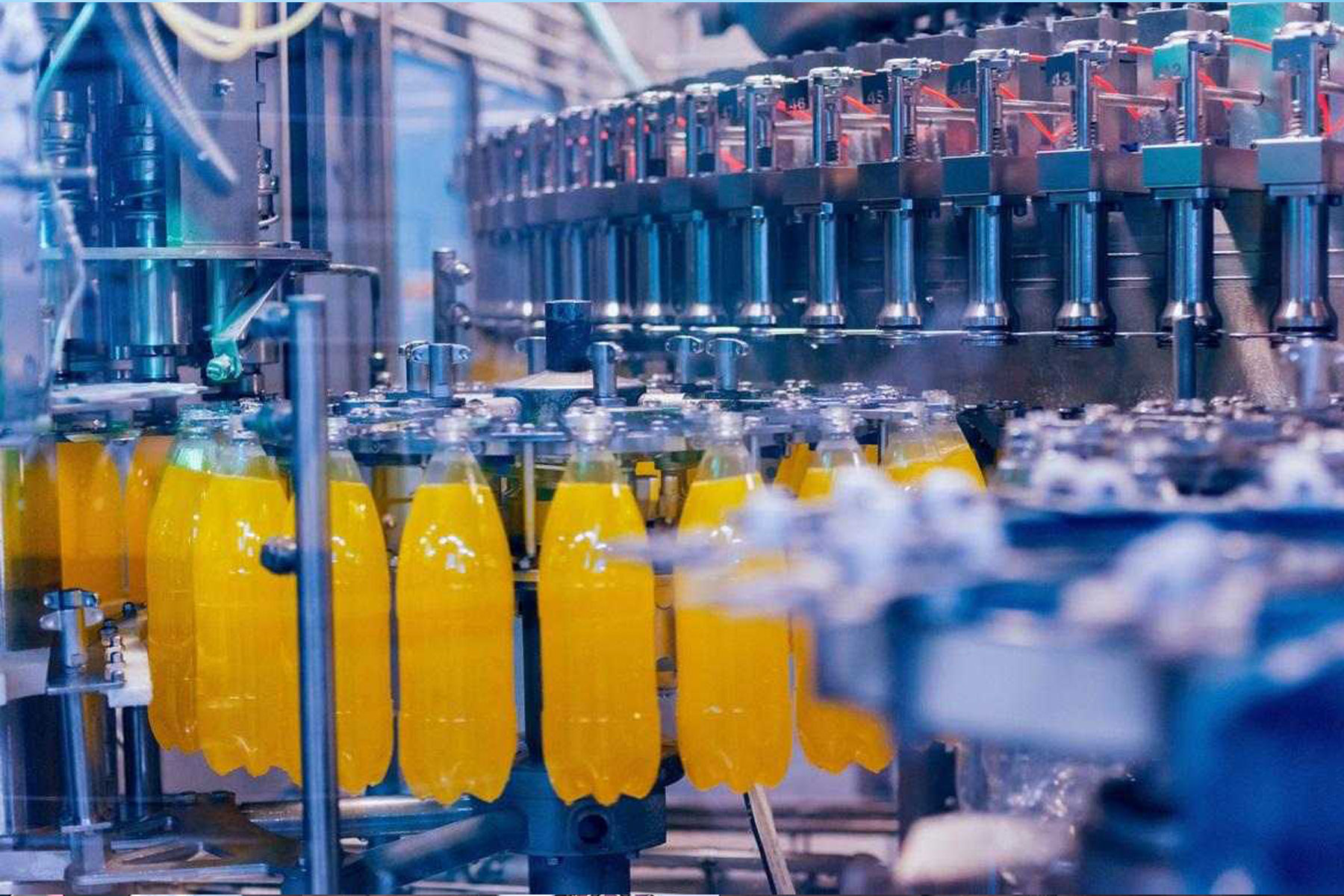
Apr 20 , 2024 . By AKSAH ITALO
Ethiopia's juice manufacturers confront formidable economic challenges following the reclassification of...